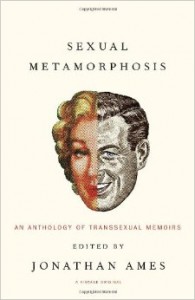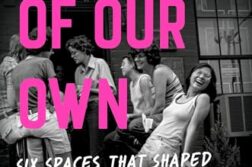 Sexual Metamorphosis: An Anthology of Transsexual Memoirs
Sexual Metamorphosis: An Anthology of Transsexual Memoirs
Edited by Jonathan Ames
Vintage, 319 pages, $13.95
THE TRANSGENDERED, of all the groups that might be said to fall under the umbrella term “queer,” are perhaps the most misunderstood. In fact, it’s problematical to say that they’re part of the queer community, since many transgendered persons would dispute this classification. Perhaps the safest definition is to say that the transgendered are those who identify with the gender other than the one they were born with physically. (And of course there are those who are born with ambiguous genitalia—once called hermaphrodites but now referred to as intersex.) How individuals in these situations respond to their condition is another matter: some choose not to reveal it, others dress the part either some or all of the time (transvestites), and still others decide to seek medical help to transform themselves into the woman or man that they’d always felt themselves to be (transsexuals).






